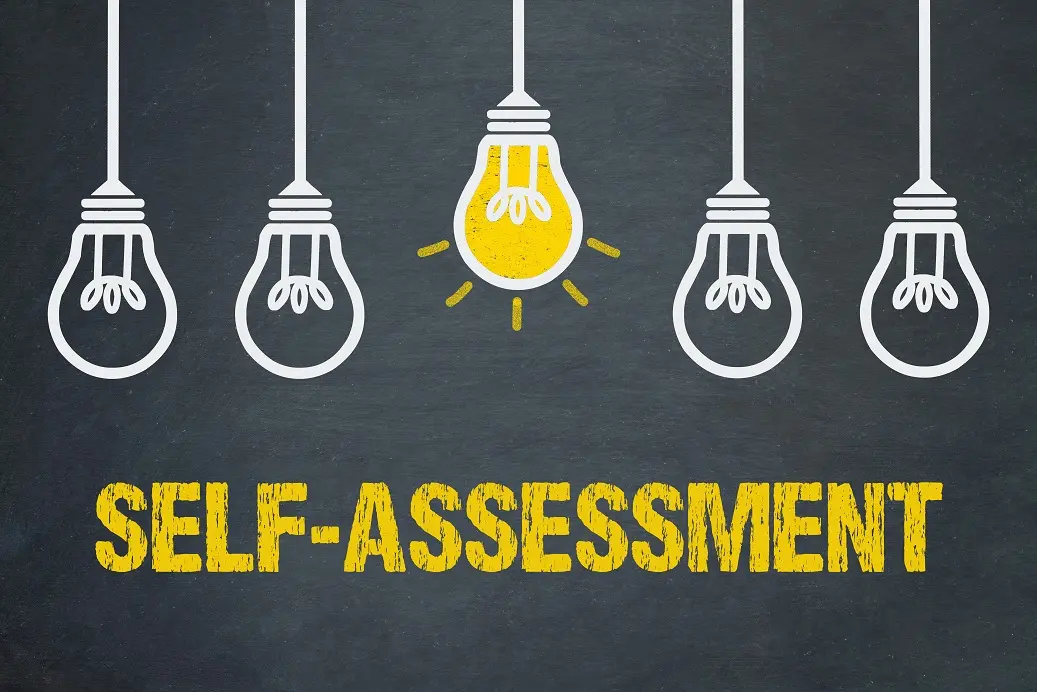The DISC Assessment and how it can Help You Connect with Differing Personalities
Communication is the most important thing in any relationship and can often be a struggle. The DISC assessment gives you the tools to communicate better in your relationships. It breaks communication into four categories - Dominance, Influence, Supportiveness, and Compliance. The DISC assessment will allow you to communicate better with coworkers and reach your objectives.
What is the DISC assessment?
William Moulton Marston created the DISC assessment in the 1930s. It has been used in many fields to help people understand themselves and others.
The DISC assessment can be used to get to know someone by evaluating their strengths and weaknesses. This product is a self-assessment tool that can be used to help you work at your best. You can use it in your workplace, in relationships, and even in the classroom. The DISC framework consists of four categories, with each category related to one fundamental personality trait: Dominance (D), Influence (I), Steadiness (S), and Concern (C). This assessment can help people understand their personality's strengths and weaknesses and use it to improve their communication skills. The DISC assessment may also prove helpful for people looking to set and accomplish goals. You can make the most of a DISC assessment by looking at your personality type. You can find that out by taking a free online test. Taking the assessment with someone you know (e.g., spouse, best friend) may help you better understand your personality type.

The four parts of the DISC assessment
The four parts of the DISC assessment are Dominance, Influence, Steadiness, and Compliance. Every person has one of these four parts, and it is important to understand what your strengths are, and weaknesses are. Once you have this knowledge, you can use the DISC Assessment to communicate better with others. The following are the four parts of the DISC Assessment:
Dominance - This is the part of the DISC Assessment that measures how confident you are. It is the tendency to control others and situations, to be forceful in pursuing one's goals, and to enjoy competition. A Dominant person will tend to be more assertive than others around them. The level of dominance is measured on a scale of 1-10.
Influence - This is the part of the DISC Assessment that measures how persuasive you are. It is the tendency to sway others through social skills or charm rather than by force or direct pressure. An Influential person will tend to be more persuasive than others around them. The level of influence is measured on a scale of 1-10.
Steadiness - This is the part of the DISC Assessment that measures how reliable you are. It is the tendency to remain calm under pressure or when there are obstacles to achieving one's goals. It can also refer to one's level of ability to regulate their emotions. A Steady person will tend not to change emotions easily when faced with different situations. The level of steadiness is measured on a scale of 1-10.
Compliance - This is the part of the DISC Assessment that measures how much you are willing to follow the rules. It is often tempting to do whatever you're told, to avoid conflict, and to strive for agreement with others. A Compliant person will tend not to be aggressive or argumentative. The level of compliance is measured on a scale of 1-10.
Their interaction with people and the environment determine the function of an individual's personality. Individuals who are Dominant in their interactions may be assertive in some situations but more passive in others. In contrast, those who are Steady may be less reactive than others when faced with new challenges or distress.

How to use the DISC assessment
The DISC Assessment can help you avoid communication problems by telling you how to adjust your interactions. The DISC assessment is a system that helps you to understand the different communication styles. The assessment is not a one-size-fits-all tool. It can help you learn about your communication style and discover things that might be holding you back professionally. This will enable you to be more aware of how you communicate with others and how you can improve. The four styles are:
- The Dominator - This person is assertive, powerful, and self-confident. They might also be called leaders, bosses, or managers
- The Influencer - This is a person who is persuasive and who people want to follow. They are social influencers and have a lot of power
- The Individualist - This is a self-sufficient person who is not afraid to take responsibility for their life. They are often seen as eccentric
- The Peacemaker - This person is nurturing, supportive, and kind. They are a peacemaker who many people follow.
Also can used to decide what type of training people need to improve their performance at work, such as team building or improving communication skills. It is also typically used to determine what type of leader and trainer a person needs for their current or future work environment or personal development.
Conclusion
The DISC Assessment is a tool that helps us achieve our goals by providing feedback on the best way to communicate with others. The DISC Assessment is a tool that helps us understand our strengths and weaknesses in communication and helps us find the best way to communicate with people. To take the DISC assessment, you should start by figuring out who you want to use it with. You should also decide what type of communication you're trying to establish and what your goals are. Suppose you are looking for feedback on improving your communication with a specific person. In that case, you should identify that person and what you want to achieve with that person. The best way is to set clear goals of what you want to achieve and identify the type of communication most suited for this.